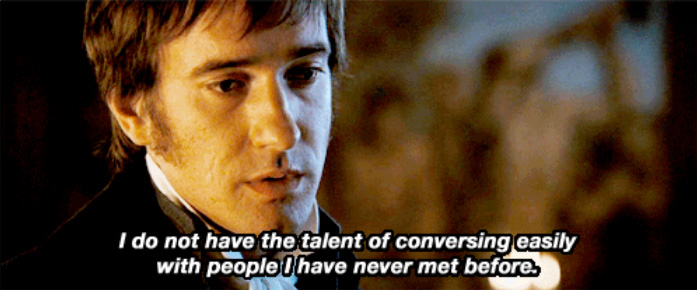Behind every published news article, is a compelling media story and a PR pro’s powerful stash of press contacts. This stash comes in the form of a targeted list, consisting of the contact details of new editors and journalists.
Pulling a new list together for your business is no easy feat, and can take hours on end. With the availability of media database programmes, this task’s been made much simpler. These programmes however, often involve hefty fees.
To those who are feeling the pinch of investing in such programmes, this cheat sheet is made just for you.
Who do I want to read my news?
Building your own media target list is not rocket science, but it does require some thought. For starters, consider who your audience is, and the most relevant media outlets to best reach out to them.
Besides naming these publications, break the publications down into their individual sections – think the business section of a local newspaper, or the food section of a magazine. This will effectively narrow down the scope of your search, saving you a great deal of time.
Look into major newspapers and relevant magazines
Luckily for us, most newspaper journalists have their email addresses embedded alongside their news stories. If a writer touches on a topic or story you consider to be relevant for your business, take his or her email address down.
For the magazines, check out the foreword section. It will give you a quick overview of the magazine’s editorial team and the details of the various magazine section editors.
With this, you are well on your first step to building your targeted media list.
Get online and social
If you can’t seem to locate a particular journalist’s contact details within the print publications, tapping into the online counterparts of the news outlets can be helpful. If not, move on over to the journalist’s social media pages such as LinkedIn, Twitter or even blogs.
Along the way, you will probably even learn much more about the journalist – everything from their high school, the event they have just attended and a collection of past stories they’ve covered. This knowledge can come in handy as talking points when you are in touch with the journalist.
‘Make up’ the journalists’ email
If you pay enough attention to the email addresses of journalists from the same publication, you may begin to notice how the make up of their emails remain consistent across the board.
When necessary, play around with the journalist’s first and last name to try and “guess” his email address in context of the others in the same publication. If you have the journalist’s name right, chances are, you will get the email right as well.
For example: A journalist’s email in a certain publication could look something like [email protected], combining the journalist’s first and last name to create the email address.
Suppose you’re seeking the email of another journalist within the same publication or group, your guess would then reflect the above.
If still you still can’t locate a journalist…
Simply pick up the phone and get in touch with the editorial department of the various media outlet. When on the line, be clear with the purpose of your call and whom exactly you are after.
I’m sure these friendly folks will be more than glad to assist you.
Retain the list, keep it up-to-date
Getting your list ready is one of the stepping-stones to getting the word out about your business, but the work does not end there.
Due to the nature of the industry, journalists move around, and they do it fast. As such, you will need to be on top of these movements, ensuring that your media lists are always updated with the freshest press contacts, or risk having your news stories fall off the face of the earth.
Repeat the steps above over and again – including new contacts when you spot them, and removing contacts when their emails stop working.
Need assistance on maximising the reach of your press materials? Get in touch with us directly at [email protected].





